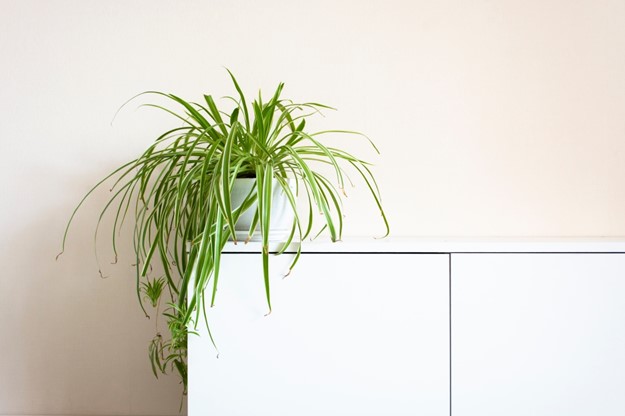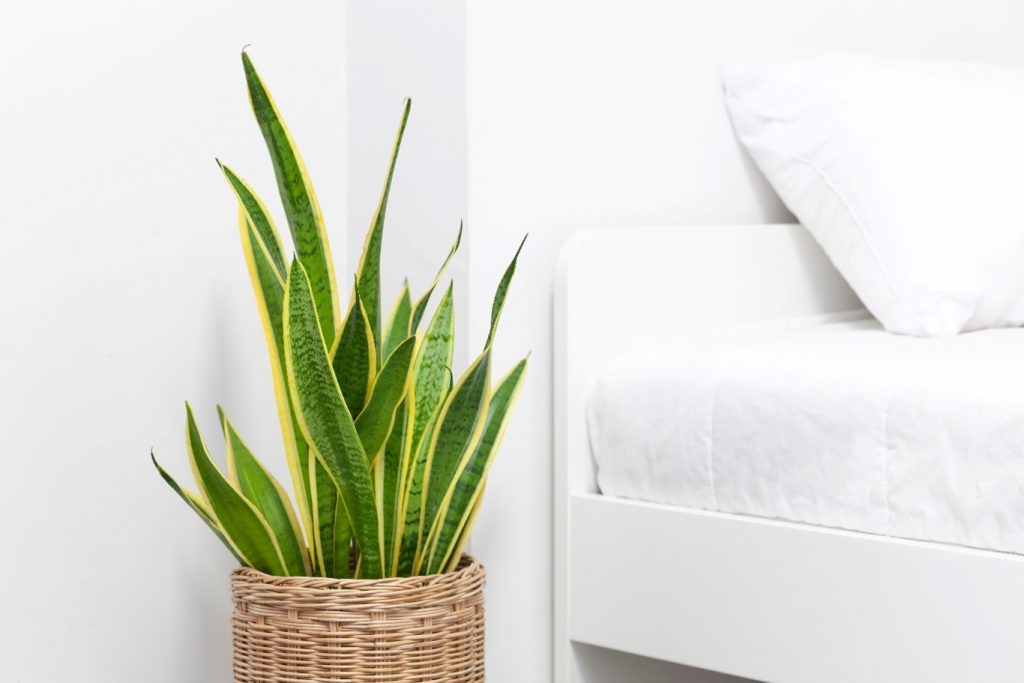The quest to attain good health is today a very common topic. Originating as an American sensibility, the notion of maintaining good health now extends to countries all over the world and permeates today’s literature and everyday conversation.
Good health involves the food we eat, the water we drink, as well as the very air we breathe. But while we can control our food and to some degree our water, the pursuit of maintaining good air quality can be allusive to many people.
Amid growing concerns over indoor air quality, especially in urban environments where spaces are sealed to enhance energy efficiency, the natural air-purifying capabilities of houseplants have recently garnered attention.
Saralyn Wasserman is a passionate advocate for the use of indoor plants as a key element in purifying indoor air. Here, she reveals how certain indoor plants can act as natural air purifiers, absorbing harmful toxins and potentially improving respiratory health by reducing exposure to air-borne irritants.
Understanding Indoor Air Pollution
The air within our homes and workplaces can be even more polluted than the outdoor environment in even the largest and most industrialized cities. This statement, supported by research from various environmental organizations, highlights the invisible threat of indoor air pollution. Common indoor pollutants include volatile organic compounds (VOCs) such as benzene, formaldehyde, and trichloroethylene, which emanate from paints, solvents, cleaning agents, and even furnishings. The accumulation of these substances can lead to Sick Building Syndrome, a condition with symptoms ranging from headaches and dizziness to chronic respiratory problems and other serious health issues.
The Science of Plants as Air Purifiers
The fundamental process behind plants’ air-purifying ability is photosynthesis, where plants convert carbon dioxide and sunlight into oxygen and glucose. Saralyn Wasserman emphasizes that their role in improving air quality encompasses more than this simple exchange. Research, notably the NASA Clean Air Study in the 1980s, discovered that certain plants can remove toxic agents such as benzene, formaldehyde, and several others from the air through a process known as phytoremediation. During phytoremediation, plants absorb pollutants through their leaves and roots. These toxins are then either sequestered in plant tissue, or broken down into less harmful substances, with soil microorganisms playing a crucial role in the detoxification process.
Leading Air-Purifying Plants

Saralyn Wasserman believes that incorporating specific plants known for their air-purifying properties can significantly enhance the air quality of indoor spaces. Here are some of the top performers:
- Spider Plant (Chlorophytum comosum): Renowned for its resilience and low maintenance, the spider plant excels at removing formaldehyde and xylene.
- Snake Plant (Sansevieria trifasciata): This plant is unique for its night-time oxygen production, efficiently purifying the air of formaldehyde, benzene, xylene, and toluene.
- Peace Lily (Spathiphyllum): With its striking white flowers, the peace lily goes beyond beautifying a space, to target ammonia, benzene, formaldehyde, and trichloroethylene.
- Boston Fern (Nephrolepis exaltata): Acting as a natural humidifier, this fern is particularly adept at removing formaldehyde and xylene.
- Aloe Vera: Beyond its skin-healing benefits, aloe vera helps clear the air of formaldehyde and benzene.
These plants, among others, provide a natural and effective means to combat indoor air pollution, contributing to a healthier home environment.
Extended Benefits of Indoor Plants
Saralyn Wasserman explains the advantages of integrating plants into indoor environments extend well beyond air purification:
- Improved Respiratory Health: By elevating humidity levels and reducing airborne dust, indoor plants can help alleviate symptoms associated with respiratory conditions such as asthma and allergies.
- Enhanced Mental Well-being: The presence of greenery indoors has been linked to reduced stress levels, improved mood, and enhanced concentration and productivity.
Maximizing the Benefits: Practical Considerations
Saralyn Wasserman emphasizes that to fully harness the air-purifying potential of indoor plants, consider the following tips:

- Strategic Placement: Position plants in areas where you spend more time (e.g., bedrooms, living rooms, and offices) to maximize their purifying effect.
- Diversity: A mix of plant species can target a wider array of pollutants.
- Proper Care: Healthy plants are more effective at cleaning the air. Regular watering, adequate lighting, and pest control are essential to maintain their vitality.
- Complementary Measures: While plants are a significant step towards cleaner air, they should be part of a broader strategy that includes good ventilation practices and, where necessary, the use of mechanical air purifiers.
The Path Forward
As we continue to seek ways to improve our health and well-being, the role of indoor plants in purifying air deserves recognition. These natural allies not only enhance the beauty of our indoor spaces, but also play a crucial role in mitigating the impact of indoor air pollution. Saralyn Wasserman explains that by absorbing harmful toxins and enriching the air with oxygen, indoor plants can significantly contribute to better respiratory health and overall well-being. By welcoming them into our home, we can take a simple step towards creating a healthier, more vibrant indoor environment.









